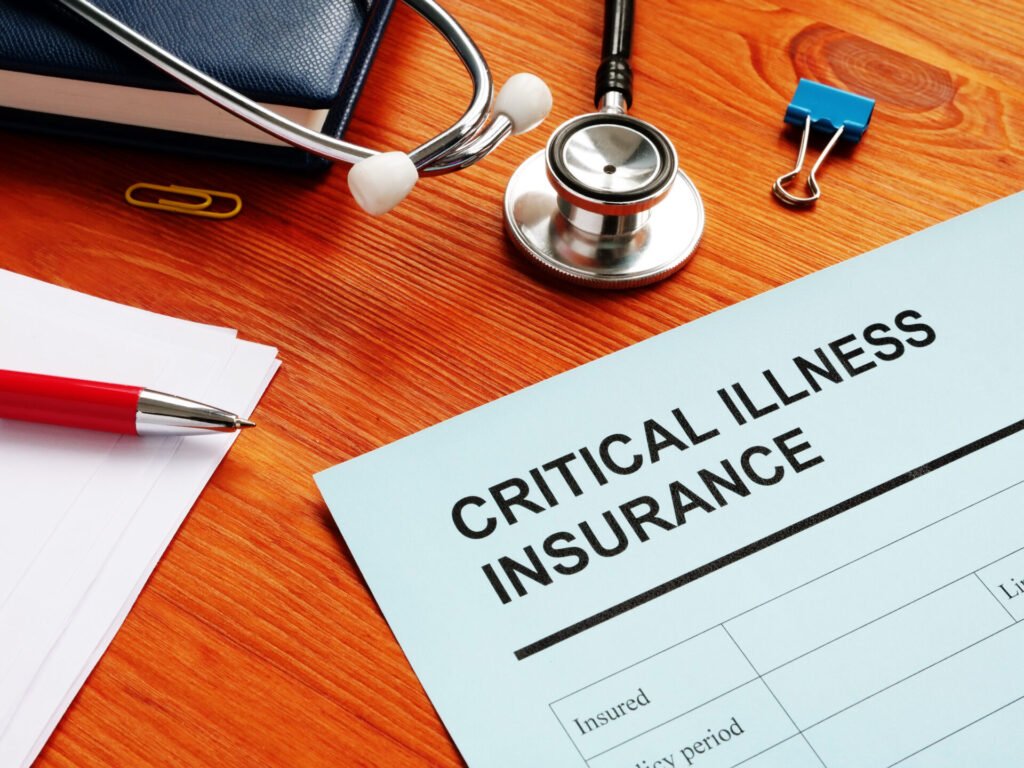Financial planning means planning for your future. And while you’ve likely got endless plans for your future, the coronavirus pandemic we’re in the middle of has really shed light on the need for you to plan for unexpected illnesses – as well as all the fun you’ll have when you retire.
It’s not fun to think about, but critical illness insurance gives you the freedom to focus on your recovery instead of stressing about your finances.
What is Critical Illness Insurance?
Critical illness insurance is designed to protect your finances in the event that you suffer a critical illness, like cancer, a stroke, or a heart attack. It’s a lump sum payment that you’re free to spend as you please in the event that you become critically ill.
The Difference Between Critical Illness Insurance and Disability Insurance
Critical illness insurance and disability insurance are designed to work in tandem but cover two separate things in practice.
Critical illness insurance provides you with a lump sum designed to protect your savings and credit while you recover.
Disability insurance is designed to replace a portion of your income if you are unable to continue earning your income as a result of a short-term or long-term disability – including injury, serious illness, or a mental health issue.
How Does Critical Illness Insurance Work?
Unlike your workplace benefits, critical illness insurance provides you with a lump sum payment in your credit union account if you suffer a critical illness – not three months down the line. It’s designed to free up your funds so you can focus on your recovery.
Critical Illness Insurance is a Rider Policy
Critical illness protection is a rider that’s available on your creditor life coverage, so you can add it to your existing life insurance.
.
.
Uses for your Critical Illness Lump Sum Payment
Here are some ways you might use your lump sum payment in the event you suffer a heart attack, stroke, or other critical illness:
1. Cover your medical costs that aren’t covered by private benefits or MSP;
2. Renting a room close to the hospital to make the commute easier;
3. Paying for flights/accommodation for family and friends who are coming to care for you;
4. Hiring help for around the home;
5. Funding unpaid leave for yourself or your partner;
6. Paying for changes to your home to make things more comfortable and accessible while you recover; or
7. Funding education to boost or change careers once you’re healthy again.
.
Who Needs Critical Illness Insurance?
Critical illness insurance is a solution that protects your wealth. It frees up your finances in the event you’re unable to work, so you don’t need to rely on savings or credit until you’re able to work again.
It also works well for people who aren’t eligible for disability insurance – stay at home parents are a good example, since there’s no income for you to protect with disability insurance. In this case, the increased costs associated with your recovery from a critical illness could massively impact your financial health.
The average age for members who make a claim on their critical illness insurance is 49.
That said, it’s not uncommon for younger members to be struck down with an unexpected critical illness.
.
.
Is Critical Illness Protection Right for You?
There’s no universal answer to that question, it depends on your unique circumstances.
The best way to work out how to safeguard your financial future is to seek help from a qualified financial planner.
Our financial planners are here to help! Get in touch to book an appointment.
Together we’re better.



